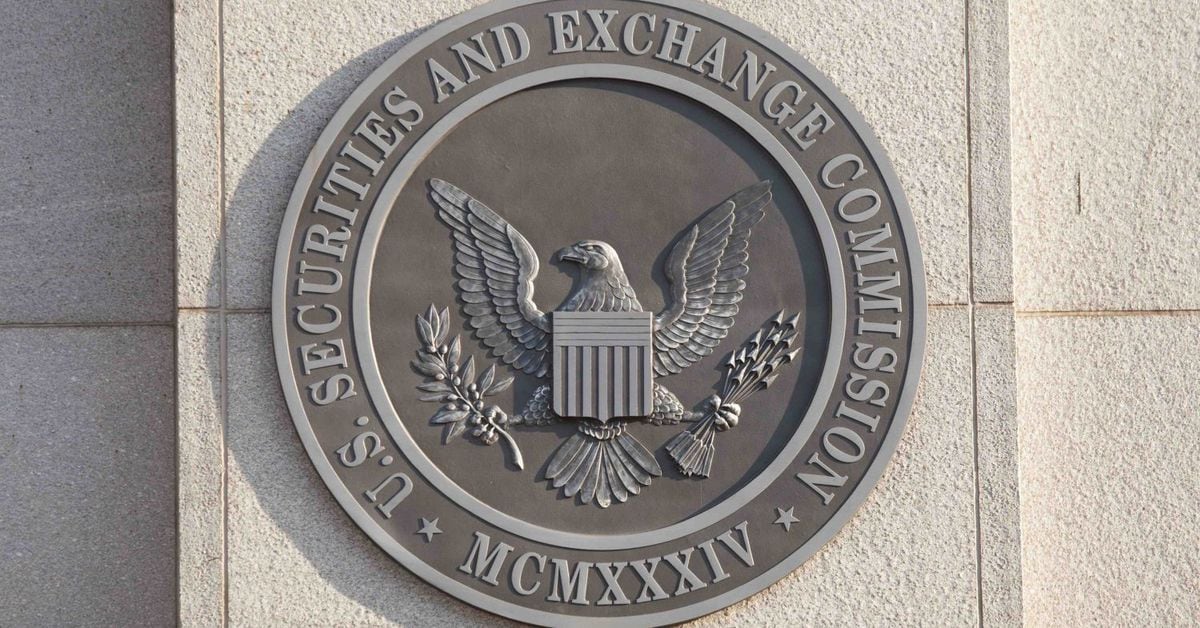- The Benchmark
- Posts
- Tether opens the books
Tether opens the books
while the U.S. might be running out of cash?
Welcome back to The Benchmark, a weekly newsletter read by thousands brought to you by Alongside, where we cover the latest crypto news, interview builders in the space, and dive into new projects.
Market Check-in

This week’s latest news
Tether publishes an audit

Tether's stablecoin, USDT, has strengthened its position in the stablecoin market in 2023, with a record reserve surplus of $2.4 billion as of March 31. Its market capitalization has increased by nearly 25% year-to-date, reaching $87 billion, while its main competitor, USDC, has experienced a 32% drop in supply to $30 billion since the beginning of the year. The decline in centralized exchange deposits of fiat-pegged assets and the influence of USDT in terms of gas consumption in Ethereum's smart contracts contribute to its growing dominance.
Worldcoin is securing more funding
Sam Altman, CEO of OpenAI, is reportedly in advanced discussions to secure $100 million in funding for Worldcoin, a globally distributed cryptocurrency project. The funding would come from a combination of existing and new investors. Worldcoin, co-founded by Altman, aims to address challenges posed by the increasing complexity of artificial intelligence. The project had previously raised funds in a Series A round led by a16z, with participation from Digital Currency Group, Coinbase Ventures, and other prominent investors. Despite the current crypto market conditions, the potential investment in Worldcoin is seen as significant. The project is set to launch its blockchain protocol and start recording transactions within the next six weeks, following a period of beta testing.
What a week! From 🌍📱 to ( 🪩_🔴 ), the Worldcoin protocol and its partners have covered a lot of ground in a few short days.
Let's recap! ⬇️
— Worldcoin (@worldcoin)
3:34 PM • May 13, 2023
U.S. Reportedly Faces "Significant Risk” of Running Out of Cash in June

The Congressional Budget Office has warned that there is a significant risk of the United States running out of cash and defaulting on its debt in the first two weeks of June. Negotiations have been ongoing between the White House and congressional leaders to raise the $31.4 trillion borrowing cap, with the Treasury Department using accounting maneuvers to avoid breaching the debt ceiling. These measures are expected to be exhausted by June 1. The budget office highlighted the potential consequences of a default, including disruptions in credit markets, economic activity, and increased borrowing rates for the Treasury. The X-date, when the US runs out of cash, could come later in the summer. While discussions continue, an agreement has not been reached yet, with disagreements over spending cuts and clean energy initiatives complicating the process.
Binance leaves Canada
Binance, the world’s largest crypto exchange, has announced its decision to cease operations in Canada due to the challenging regulatory environment. The move comes after the Canadian Securities Administrators (CSA) introduced new guidelines that imposed restrictions on stablecoin transactions and investor limits without prior approval. Although Binance disagrees with the regulations, the company aims to collaborate with Canadian regulators to establish a more comprehensive regulatory framework. This decision follows increased scrutiny from North American regulators, and Binance has previously considered cutting ties with its U.S. business partners.
Unfortunately, today we are announcing that Binance will be joining other prominent crypto businesses in proactively withdrawing from the Canadian marketplace.
We would like to thank those regulators who worked with us collaboratively to address the needs of Canadian users.… twitter.com/i/web/status/1…
— Binance (@binance)
7:05 PM • May 12, 2023

More reading from this week
1/ U.S. DOJ's Crypto Enforcement Director Promises Crackdown on Illicit Behavior on Exchanges: FT
2/ SEC Seeks to Slash $22M Fine on Crypto Firm LBRY to $111K
3/ Memecoins Continue to Dominate DEX Volumes As Crypto Market Slides

What does the data say about Dollar Cost Averaging?
Dollar-cost averaging involves investing the same amount of money at regular intervals over a certain period of time, regardless of price.
Essentially, not trying to time the market movements.
Imagine you decided to invest $100 from each paycheck over the next 5 years in equal $100 monthly chunks from 2018 to 2023. Let’s check the results for the following four assets:
BTC
ETH
An index of the entire market
S&P500

Comparing the four results, over 5 years:
Bitcoin: +55.4%
Ethereum: +241%
Market index: +124%
S&P500: +15.6%
Over the course of those 5 years, dollar-cost averaging into crypto would have been a viable strategy, generating annualized returns from 15.2% to 27.87%, all while leveraging a passive strategy.
All three scenarios would have outperformed the S&P500.
Learn more about $AMKT, the Crypto Market Index, here.
Everyone says you should "dollar-cost average" into the market.
But is that a viable strategy for digital assets like Bitcoin and Ethereum?
Let's take a look at the data 📊
— Alongside (@alongsidefi)
4:20 PM • May 11, 2023

If you are receiving this email, you signed up to receive email communications from Alongside in the last year.
DISCLAIMER: This newsletter is strictly educational and is not investment advice or a solicitation to buy or sell any assets or to make any financial decisions. Please be careful and do your own research.




